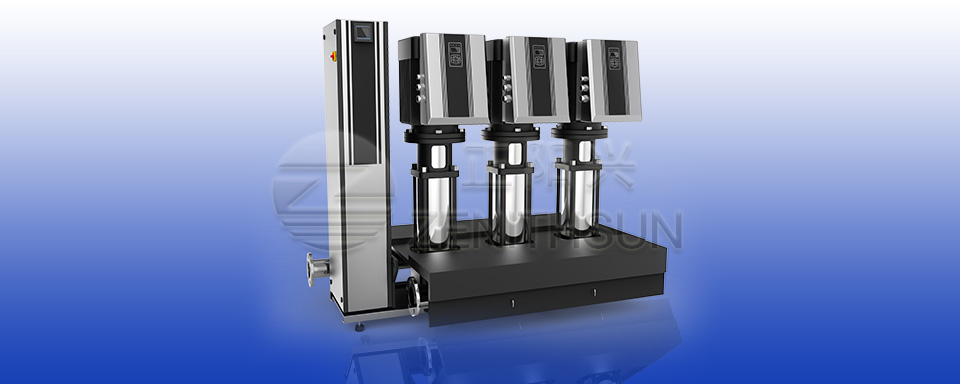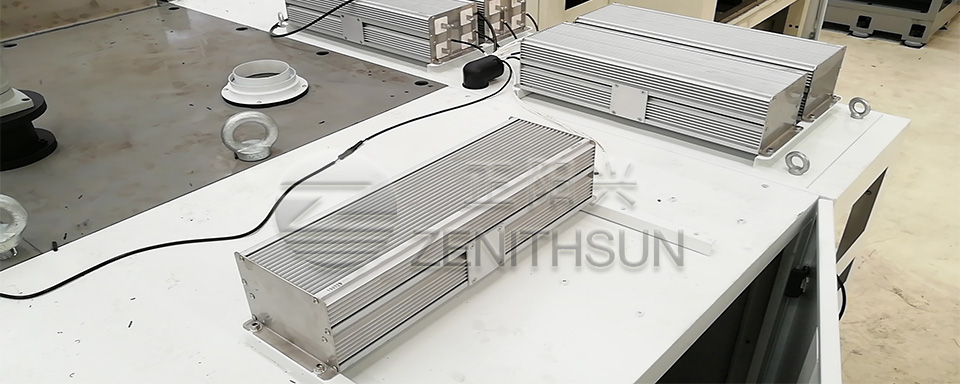Do you want to know more for the function of Braking Resistor in the frequency converter?
If yes,please check the below information.
In a variable frequency drive system, the motor is decelerated and stopped by gradually reducing the frequency. At the moment of frequency reduction, the synchronous speed of the motor decreases, but due to mechanical inertia, the motor rotor speed remains unchanged. Since the power of the DC circuit cannot be fed back to the grid through the rectifier bridge, it can only rely on the frequency converter (the frequency converter absorbs part of the power through its own capacitor). Although other components consume power, the capacitor still experiences short-term charge accumulation, creating a “boost voltage” that increases the DC voltage. Excessive DC voltage can cause damage to various components.
Therefore, when the load is in the generator braking state, necessary measures must be taken to handle this regenerative energy. The crane resistor in the circuit usually plays the role of voltage divider and current shunt. For signals, both AC and DC signals can pass through resistors.
There are two ways to deal with regenerative energy:
1.Energy consumption braking operation Energy consumption braking is to add a discharge resistors component on the DC side of the variable frequency drive to dissipate the regenerated electric energy into the power resistor for braking. This is a method of dealing with regenerative energy directly, as it consumes the regenerative energy and converts it into heat energy through a dedicated energy-consuming braking circuit. Therefore, it is also called “resistance braking”, which consists of a braking unit and a braking resistor.Braking unit The function of the braking unit is to turn on the energy consumption circuit when the DC circuit voltage Ud exceeds the specified limit, so that the DC circuit releases energy in the form of heat through the braking resistor. A resistor with constant resistance is called a fixed resistor, and a resistor with variable resistance is called a potentiometer or variable resistor or Rheostat.
2.Braking units can be divided into built-in and external types. The former is suitable for low-power general variable frequency drives, and the latter is suitable for high-power variable frequency drives or special braking requirements. In principle, there is no difference between the two. Both are used as “switches” to connect braking resistors, and are composed of power transistors, voltage sampling and comparison circuits and drive circuits.
Braking resistor serves as a medium for the motor’s regenerative energy to be dissipated in the form of heat energy, and includes two important parameters: resistance value and power capacity. Commonly used types in engineering include ripple resistors and aluminum (Al) alloy resistors. The former uses a vertical corrugated surface to enhance heat dissipation, reduce parasitic inductance, and uses a high-resistance and flame-retardant inorganic coating to effectively protect the resistance wire from aging and extend its service life. The latter’s weather resistance and vibration resistance are better than traditional ceramic core resistors, and it is widely used in harsh industrial control environments with higher requirements. They are easy to install tightly and can be equipped with additional heat sinks (to reduce the heat generated during operation of the device),providing an attractive appearance.








